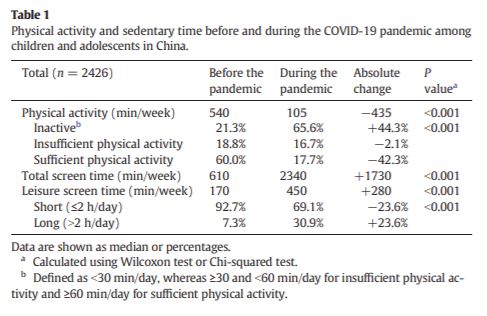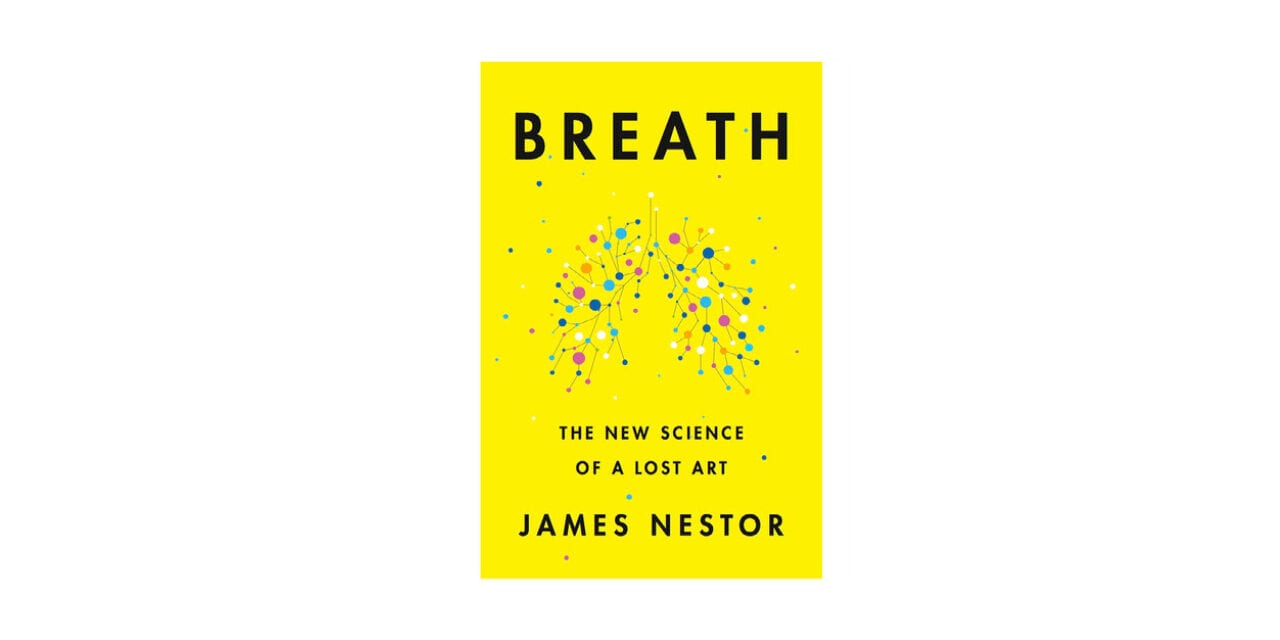Clarence Bass had a great post this month on why New Year’s resolutions usually fail.
He discusses how people often rely on willpower to stop bad habits. The results are typically poor.
Instead, Bass recommends to forget about bad habits and focus on positive actions instead:
“Better yet, focus on positive action. Forget what not to do. Focus on what you can do.
Don’t waste precious willpower worrying about your bad habits. Focus on realistic positive steps on the way to achieving your goals.”
The same idea holds true for those wanting to reduce screen time. Instead of focusing on restricting screen time, focus on replacing it with healthier offline activities.
Hobbies such as music and art have a long track record of improving well-being.

